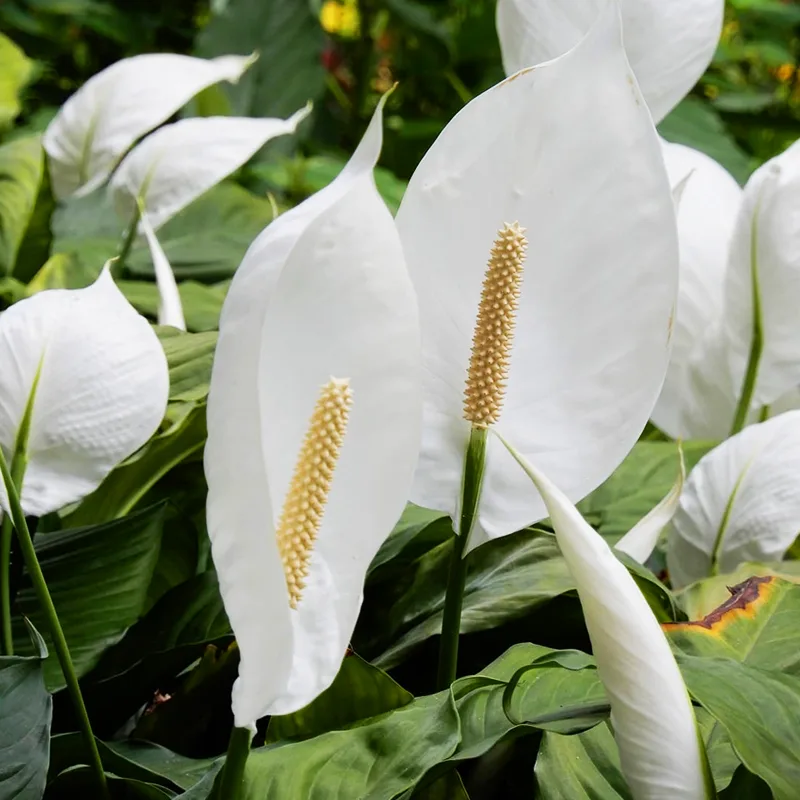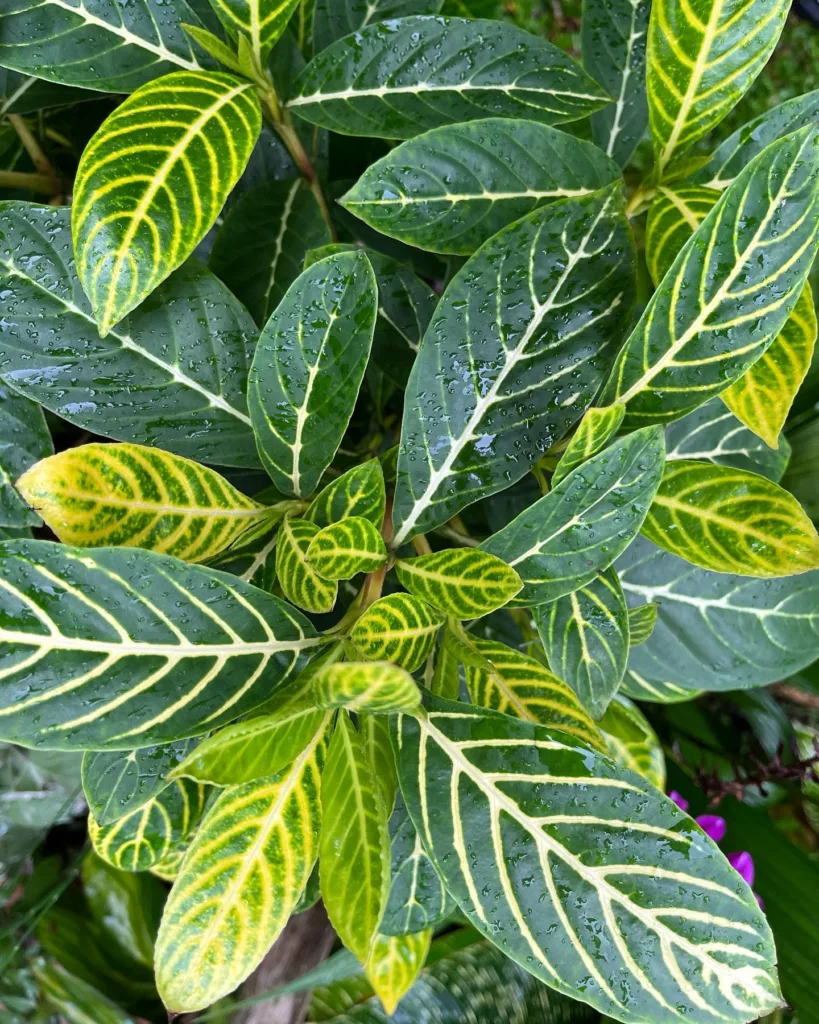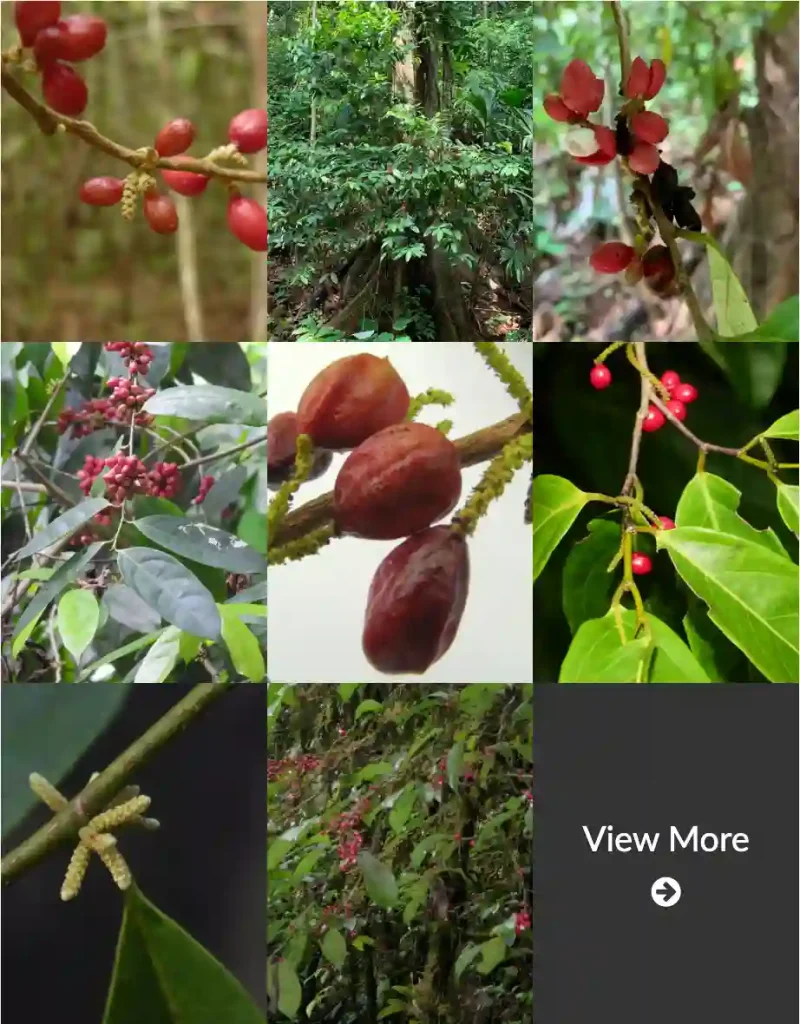My Fascination with Hygrophila
I’m Ferb Vu, and I’ve always been drawn to the quiet beauty of aquatic plants. There’s something mesmerizing about the way they sway and dance beneath the water’s surface, creating an underwater world of tranquility. Among my favorites is the Hygrophila genus, a diverse group of plants with a fascinating history and a wide range of uses.
What is Hygrophila?
Hygrophila is a genus of flowering plants belonging to the acanthus family, Acanthaceae. These plants are commonly known as swampweeds, a rather unflattering name for such elegant flora. They are predominantly found in tropical and subtropical regions around the globe, thriving in wet environments like marshes, riverbanks, and even submerged in water.
What makes Hygrophila particularly interesting is its adaptability. Many species within this genus are aquatic, making them popular choices for aquariums and ponds. Their hardiness and relatively easy care requirements make them a great option even for novice aquatic gardeners.
A Diverse Genus
The Hygrophila genus boasts a remarkable diversity, with an estimated 77 species. This vast array of species showcases a wide variety of leaf shapes, sizes, and colors. Some popular species include:
- Hygrophila abyssinica (Hochst. ex Nees) T.Anderson
- Hygrophila acinos (S.Moore) Heine
- Hygrophila acutangula Nees ex Mart.
- Hygrophila africana (T.Anderson) Heine
- Hygrophila albobracteata Vollesen
- Hygrophila angustifolia R.Br.
- Hygrophila anisocalyx Benoist
- Hygrophila anomala (Blatt.) M.R.Almeida
- Hygrophila asteracanthoides Lindau
- Hygrophila auriculata (Schumach.) Heine
- Hygrophila balsamica (L.f.) Raf.
- Hygrophila barbata (Nees) T.Anderson
- Hygrophila baronii S.Moore
- Hygrophila bengalensis S.K.Mandal, A.Bhattacharjee & Nayek
- Hygrophila biplicata (Nees) Sreem.
- Hygrophila borellii (Lindau) Heine
- Hygrophila brevituba (Burkill) Heine
- Hygrophila caerulea (Hochst.) T.Anderson
- Hygrophila cataractae S.Moore
- Hygrophila chevalieri Benoist
- Hygrophila ciliata (T.Anderson) Burkill
- Hygrophila ciliibractea Bremek.
- Hygrophila corymbosa (Blume) Lindau Plant FAQs: Hygrophila Corymbosa
- Hygrophila costata Nees
- Hygrophila didynama (Lindau) Heine
- Hygrophila difformis (L.f.) Blume Plant FAQs: Water Wisteria – Hygrophila Difformis
- Hygrophila episcopalis (Benoist) Benoist
- Hygrophila erecta (Burm.f.) Hochr.
- Hygrophila glandulifera Nees
- Hygrophila gossweileri (S.Moore) Heine
- Hygrophila gracillima (Schinz) Burkill
- Hygrophila griffithii (T.Anderson) Sreem.
- Hygrophila guianensis Nees
- Hygrophila hippuroides Lindau
- Hygrophila hirsuta Nees
- Hygrophila humistrata Rizzini
- Hygrophila incana Nees
- Hygrophila intermedia J.B.Imlay
- Hygrophila laevis (Nees) Lindau
- Hygrophila limnophiloides (S.Moore) Heine
- Hygrophila linearis Burkill
- Hygrophila madurensis (N.P.Balakr. & Subr.) Karthik. & Moorthy
- Hygrophila mediatrix Heine
- Hygrophila meianthos C.B.Clarke
- Hygrophila micrantha (Nees) T.Anderson
- Hygrophila modesta Benoist
- Hygrophila mutica (C.B.Clarke) Vollesen
- Hygrophila niokoloensis Berhaut
- Hygrophila odora (Nees) T.Anderson
- Hygrophila okavangensis P.G.Mey.
- Hygrophila origanoides (Lindau) Heine
- Hygrophila palmensis Pires de Lima
- Hygrophila paraibana Rizzini
- Hygrophila parishii (T.Anderson) Karthik. & Moorthy
- Hygrophila perrieri Benoist
- Hygrophila petiolata (Decne.) Lindau
- Hygrophila phlomoides Nees
- Hygrophila pinnatifida (Dalzell) Sreem. Plant FAQs: Hygrophila Pinnatifida
- Hygrophila pobeguinii Benoist
- Hygrophila pogonocalyx Hayata
- Hygrophila polysperma (Roxb.) T.Anderson Plant FAQs: Hygrophila Polysperma
- Hygrophila pusilla Blume
- Hygrophila richardsiae Vollesen
- Hygrophila ringens (L.) R.Br. ex Steud.
- Hygrophila sandwithii Bremek.
- Hygrophila senegalensis (Nees) T.Anderson
- Hygrophila serpyllum (Nees) T.Anderson
- Hygrophila spiciformis Lindau
- Hygrophila stocksii T.Anderson ex C.B.Clarke
- Hygrophila subsessilis C.B.Clarke
- Hygrophila surinamensis Bremek.
- Hygrophila thwaitesii (T.Anderson) Heine
- Hygrophila thymus (Nees) Sunojk. & M.G.Prasad
- Hygrophila tyttha Leonard
- Hygrophila uliginosa S.Moore
- Hygrophila urquiolae Greuter, R.Rankin & Palmarola
- Hygrophila velata Benoist
Hygrophila in the Aquarium
For aquarium enthusiasts like myself, Hygrophila offers a wealth of benefits. Not only do they enhance the aesthetic appeal of an aquarium, but they also contribute to a healthy aquatic environment.
- Oxygenation: Like all aquatic plants, Hygrophila releases oxygen into the water, which is essential for the well-being of fish and other aquatic life.
- Nutrient Uptake: These plants absorb excess nutrients from the water, such as nitrates and phosphates, helping to maintain water quality and prevent algae growth.
- Shelter and Security: The dense foliage of Hygrophila provides hiding places and a sense of security for fish, particularly shy or smaller species.
In addition to these benefits, Hygrophila is relatively easy to care for in an aquarium setting. They generally prefer moderate lighting and a nutrient-rich substrate. Regular pruning will help maintain their shape and encourage bushier growth.
Beyond the Aquarium
The uses of Hygrophila extend beyond the confines of the aquarium. In some cultures, certain species are used for medicinal purposes, while others have culinary applications. Their ability to thrive in wet environments also makes them valuable for preventing soil erosion and improving water quality in natural habitats.
The Future of Hygrophila
As research continues, we are likely to discover even more about the Hygrophila genus. Taxonomic revisions may redefine the boundaries of the genus, and new species may be discovered in unexplored regions. The potential for hybridization and the development of new cultivars also hold exciting possibilities for the future of Hygrophila in both aquariums and natural environments.
For me, Hygrophila represents the beauty and resilience of the natural world. Its adaptability, diversity, and ecological importance make it a truly fascinating genus worthy of appreciation and further study. I encourage everyone to explore the world of Hygrophila and discover the wonders it holds.
If i die, water my plants!



